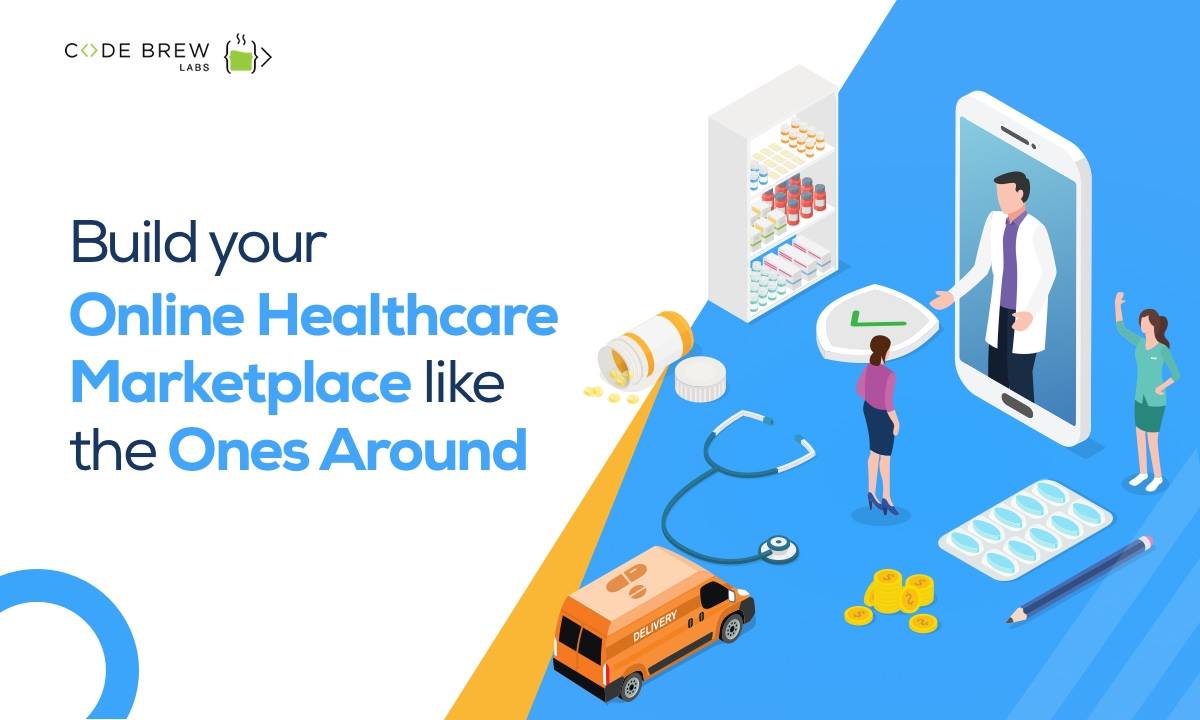The Future of Medicine: Checking Out Subscription Based Healthcare Designs
The Future of Medicine: Checking Out Subscription Based Healthcare Designs
Blog Article
Exactly How Subscription-Based Medical Care Is Transforming the Clinical Market

The Surge of Registration Health Care
In the last few years, the healthcare sector has actually observed a considerable change in the direction of subscription-based designs, reflecting more comprehensive customer trends preferring ease and predictability. This change is driven by the raising demand for even more accessible and personalized care services. Membership healthcare, in some cases referred to as concierge medicine or straight key care, offers clients a fixed regular monthly fee for a variety of medical solutions, significantly changing conventional fee-for-service designs.
The rise of registration medical care is facilitated by advancements in technology, which allow structured interaction in between providers and clients - subscription based healthcare. Digital systems and telehealth solutions have actually become indispensable, offering clients the capability to set up visits, access medical records, and receive assessments online. This technical assimilation not only boosts individual involvement yet additionally enables providers to provide much more reliable treatment
Furthermore, the membership model straightens with the developing assumptions of individuals who seek more control over their healthcare expenses and experiences. By getting rid of the changability of co-pays and insurance cases, subscription-based healthcare provides a clear and uncomplicated approach. While this version is getting grip, its expansion encounters obstacles such as regulatory hurdles and the need for wider approval within the traditional medical care environment. Nonetheless, its expanding existence notes an essential minute in the development of healthcare delivery.
Advantages for Carriers and clients
Subscription-based medical care offers a wide variety of advantages for both companies and patients, reshaping the characteristics of clinical treatment. For people, this model supplies enhanced accessibility to medical care solutions.
For healthcare service providers, subscription-based models cultivate an even more rewarding and sustainable practice. Management jobs are typically streamlined, lowering overhead prices and allowing providers to devote more time to patient interaction. In general, subscription-based medical care aligns the incentives of suppliers and patients, advertising an extra patient-centered and effective healthcare delivery system.
Key Features of the Model
Frequently, the essential features of the subscription-based health care design emphasize its distinctive approach to delivering clinical services. Central to this design is the idea of foreseeable, monthly payments, offering patients a detailed series of solutions without the unpredictability of conventional fee-for-service structures. This model typically includes limitless access to health care solutions, precautionary treatment, and routine check-ups, making certain that patients can involve with their doctor proactively instead than reactively.
Additionally, direct communication networks, such as telemedicine and messaging systems, are stressed, allowing clients to obtain timely suggestions and consultations without requiring in-person visits. This boosts ease of access and comfort, particularly for individuals with flexibility constraints or those living in remote areas. The design additionally fosters more powerful doctor-patient partnerships, as medical care carriers are read incentivized to focus on long-term health and wellness results as opposed to temporary sees.
Furthermore, subscription-based medical care frequently incorporates technical advancements, such as digital health and wellness records and health and wellness monitoring applications, to offer efficient and individualized treatment. Clients take advantage of worked with and constant care monitoring, which is customized to their specific health requirements. Ultimately, these attributes jointly create a patient-centered health care experience, prioritizing accessibility, cost transparency, and precautionary treatment.

Difficulties and Considerations
While the subscription-based medical care version offers many benefits, it is not without its considerations and obstacles. One substantial obstacle is making certain fair gain access to. Subscription designs might inadvertently favor those with greater socioeconomic status, potentially expanding disparities in medical care accessibility for lower-income people that might fight with month-to-month costs. This elevates honest issues about inclusivity and equity in healthcare delivery.
Another obstacle lies in regulative conformity. Subscription-based health care must browse a complicated web of regulations that differ by area, including problems around individual confidentiality, information security, and state licensing demands. Making certain compliance without impeding the model's flexibility and technology can be discouraging for service providers.
Additionally, there is the threat of overutilization or underutilization of services. Clients paying a fixed charge could overuse solutions, causing boosted functional prices, while others may underutilize due to be afraid of burdening the system, possibly neglecting required treatment.
Future Potential Customers and Innovations
The landscape of subscription-based medical care is positioned for transformation with arising technologies and evolving prospects. As technology remains to advancement, see the assimilation of fabricated intelligence and artificial intelligence offers considerable opportunities to boost diagnostic precision and improve patient management. Predictive analytics can reinvent check over here preventive treatment by recognizing possible health dangers prior to they materialize, thereby reducing both costs and the concern on healthcare systems.
Additionally, telemedicine is readied to expand within registration designs, offering patients boosted access to healthcare specialists regardless of geographical restraints. This not only facilitates connection of care however also equips clients to involve even more actively in their health administration. In addition, blockchain innovation supplies prospective in securing individual data and making certain interoperability across platforms, cultivating trust fund and transparency.
Collaborations in between technology firms and medical care carriers are most likely to produce ingenious options, improving client experiences and outcomes. As these prospects materialize, subscription-based healthcare has the possible to redefine just how care is delivered and accessed.
Verdict
Subscription-based healthcare is changing the clinical industry by offering an extra obtainable, foreseeable, and patient-centered method to medical solutions. This version enhances patient-provider partnerships, makes sure financial openness, and stresses preventive treatment with limitless assessments and telemedicine. Despite obstacles such as regulative hurdles and prospective differences in gain access to, the subscription version holds guarantee for an extra personalized and reliable health care experience. As technology advancements, further technologies are likely to attend to existing challenges and maximize healthcare distribution.
Membership health care, occasionally referred to as concierge medicine or straight primary treatment, offers people a fixed monthly fee for a variety of medical solutions, significantly changing standard fee-for-service versions.
Moreover, the subscription model straightens with the advancing assumptions of patients who look for even more control over their healthcare costs and experiences. For clients, this design offers boosted access to healthcare services. Overall, subscription-based health care straightens the rewards of suppliers and patients, promoting a more patient-centered and reliable healthcare distribution system.
In addition, telemedicine is established to broaden within subscription models, offering patients increased accessibility to health care experts no matter of geographical restrictions. - subscription based healthcare
Report this page